US maritime drones are a direct and clear threat to Russia
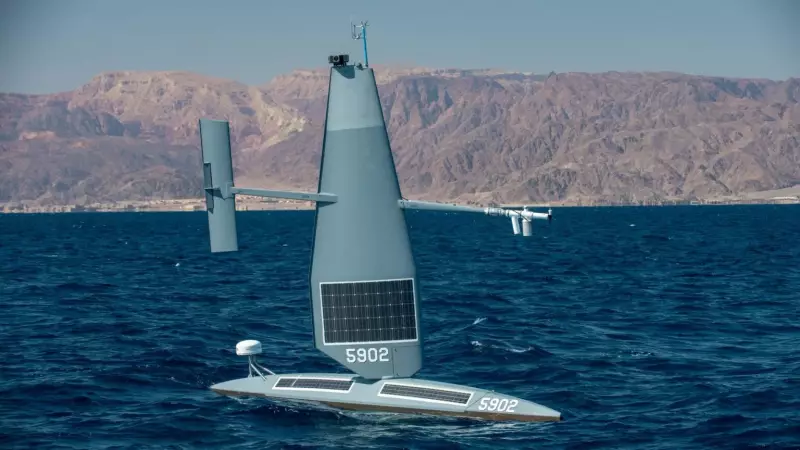
New fleet architecture
In the plans of the US military command, control over the maritime sphere is the highest priority for the coming years. According to the Pentagon bosses, the sky has long been American, it's time to descend on the water surface and dive deeper. Concept and purpose of the future fleet marine drones Australian Navy Rear Admiral Peter Quinn described it very simply:
Despite the fact that Quinn represents the interests of the Australian Navy, his words are completely in tune with the point of view of the Pentagon. This is a new reality in the understanding of the Americans, and the Russian fleet will have to reckon with it.
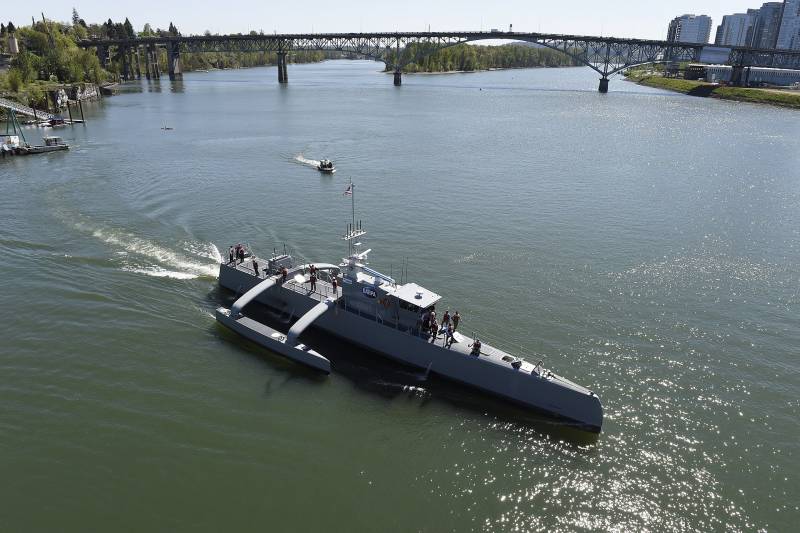
sea hunter. Source: wikipedia.org
Americans are gradually moving from words to deeds. In 2021, the fleet conducted the first exercises with the wide use of sea and air drones. True, it is a stretch to call it an exercise; rather, it was a test of the interaction of a small group of drones. The role of Big Mom was played by the well-known Zumwalt-class destroyer USS Michael Monsoor, who coordinated the work of the Sea Hunter and Sea Hawk drones on the water and the MQ-8B Fire Scout and MQ-9 Sea Guardian in the air. The maneuvers, as is usually said in such cases, went well and according to plan.
At a higher level, the coordination of the United States Navy's unmanned programs is carried out within the framework of the New Fleet Architecture concept. Under the new rules, for every large displacement ship, there must be two small manned vessels, as well as three large and four medium surface drones.
This is a small revolution - the Americans are actually abandoning some of the large-displacement ships in favor of increasing the number of medium and small ones, including autonomous vehicles. For comparison: before in the US Navy, for every small class ship, there were two large displacement ships.
Until the end, we have not yet decided on surface robots - some experts believe that autonomous ships in some cases require a crew. Such dual-use vessels are more expensive than drones, which will affect both funding and the number of drones in the fleet.
It should be noted that at the end of 2022, the Pentagon and the White House did not form a consensus on the future of the fleet. Some believe that it would be good to reduce the number of aircraft carriers and thereby increase the number of small and medium-sized ships to 500 units. Others, in particular the Biden team, advocate a reduction in the number of large and small vessels with "a simultaneous increase in the number of tank landing ships and autonomous uninhabited underwater and surface vehicles."
In the strategic plans of the military command, the share of drones in the fleet should be at least 40 percent by 2051. Of course, most of this fleet will be opposed to China, but the Americans will prepare their own solutions for Russia as well. The drone attack on ships of the Black Sea Fleet last year can be considered a combat test of the potential of American kamikaze drones.
While it is being decided at the top, there are already quite a few American drones in the seas in varying degrees of readiness. Manufacturing companies are fighting for orders - by the end of 2024, the fleet intends to spend at least $ 4,5 billion on drones alone. The most famous of them is Sea Hunter with a displacement of about 140 tons and with the possibility of round-the-clock monitoring of coastal waters for three months. By the end of next year, the US Navy will have at least eight such vessels.
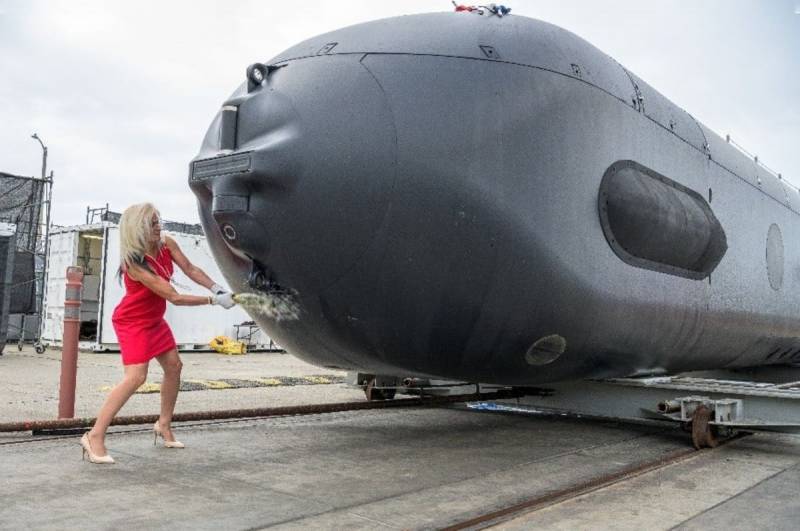
Experimental Orca. Source: bloomberg.com
In 2023, they will complete the development of the Orca large underwater drone, designed to be on duty at a range of up to 12 km and at a depth of up to 3 meters. This is a hunter for underwater and surface vessels, a minesweeper, an electronic warfare specialist and a reconnaissance - that's how many functions the Americans want to cram into the hull of a diesel-electric submarine. There are plans to purchase eight drones.
There are good news.
According to Western media, the project to create an underwater unmanned reconnaissance Snakehead is closed. At the very end of 2022, Joe Biden cut off funding storiesfor which more than $200 million was spent.
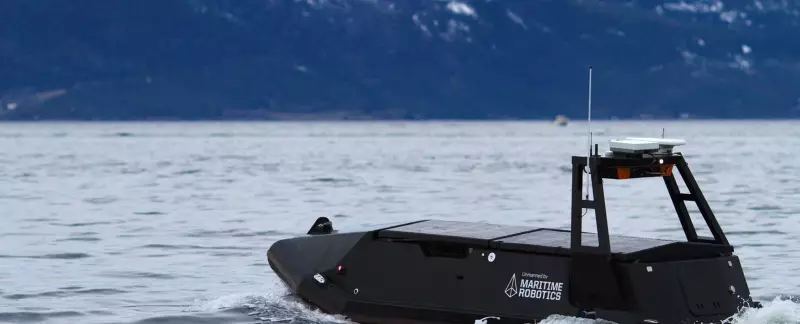
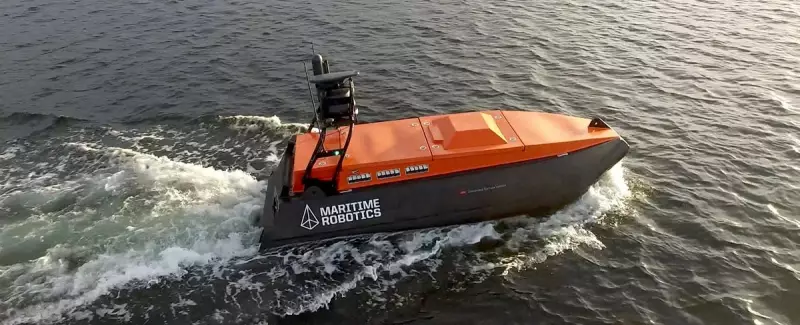
Unmanned surface vehicle Mariner. Source: maritimerobotics.com
There is a host of smaller projects that are nonetheless important for the needs of the fleet. Especially in this series, dual-use projects stand out, capable of mimicking civilian drones.
For example, Maritime Robotics offers a small plastic Mariner capable of carrying some kind of payload. Officially, it can be equipped with "various sensors, infrared cameras, radars, oceanographic instruments, hydroacoustic positioning systems, echo sounders and other sonar systems." Unofficially, according to the experience of the Armed Forces of Ukraine, inconspicuous drones are simply equipped with explosives and sent to the nearest enemy port.
For the Americans, the first naval drones have already become apples of contention with potential adversaries.
Saildrone incidents
An unmanned system, especially a marine one, is very vulnerable to external influences. The Americans, who managed to saturate the Middle East with drones of various classes and purposes, were faced with the unpretentious tactics of Iran. Americans call the simple capture of floating drones by Iranian sailors blatant, deliberate and unfounded. Some of them do not officially belong to the US Navy. So, in the summer and early autumn of last year, the Iranians captured several Saildrone drones.
According to the documents, this product is purely civilian and is designed to collect data on climate, bottom topography and ocean hydrology. The sailboat robot is able to work autonomously for up to 12 months, using wind and solar energy for movement. The Islamic Revolutionary Guards, quite rightly, did not believe in the humanitarian nature of the Saildrone mission and seized one sailboat in the Persian Gulf. The robot was taken in tow by the transport of the Islamic Revolutionary Guard Corps Shahid Baziar, but was soon released back.
The Americans claim that this happened not without threats from representatives of the US 5th Fleet. Just a few days later, a similar trick was turned by the Jamaran ship of the Iranian Navy. The sailors took a couple of drones onto the ship, received a warning from American destroyers and threw the sailboats overboard. They say the Americans lifted a whole MH-60R Sea Hawk into the air to intimidate. Whether it was possible after such an unceremonious treatment to keep the Saildrone the opportunity to conduct reconnaissance, history is silent.
Iranians do not take courage at all. In 2019, they shot down an American RQ-4A Global Hawk unmanned reconnaissance aircraft. Considering how many such “hawks” have been hanging over the Black Sea in recent months, it is time for the Russian Aerospace Forces to think about a similar step. Moreover, the Americans themselves complain about the uncertain status of drones. Iran shot down a reconnaissance aircraft only because it is unmanned, and this is the only reason why the US did not launch cruise missiles in response to Tehran. This is the special charm of flying and floating drones of a potential enemy - with a certain level of courage, they are destroyed without any special consequences.
Let's return to the robotic sailboats involved in hydrographic surveys. The Americans, in response to Iran's demarche, made an innocent face and tried to justify themselves:
Commander Tim Hawkins of the US 5th Fleet was quick to report that the orange robots were unarmed and were taking unclassified photographs.
Except Saildrone, quite legally, participated in military exercises in the Gulf of Aqaba last year. The sailboat even changed its orange livery to steel gray in the manner of the US Navy. That is, the toy is at least integrated into the NATO information space.
There is no doubt that every Saildrone is a reconnaissance drone hiding behind the orange skin of a research mission. Another question is how much you can get useful from the interception of such products. This problem is already worrying the American command. Vice Admiral Brad Cooper, who oversees experimental drone building in the US Navy, advocates for the simplification of drones. Easy access to floating drones by the enemy should not lead to the loss of critical information.
There are already many precedents in Iran when American drones have become a prototype for their own developments. Cooper proposes to eliminate the possibility of storing secret data on board similar drones, turning them into remote transmitters of information in the cloud. He is echoed by Richard Jenkins, CEO of Saildrone:

The purely “peaceful” Saildrone is being actively developed by the US Navy. Source: breakingdefense.com
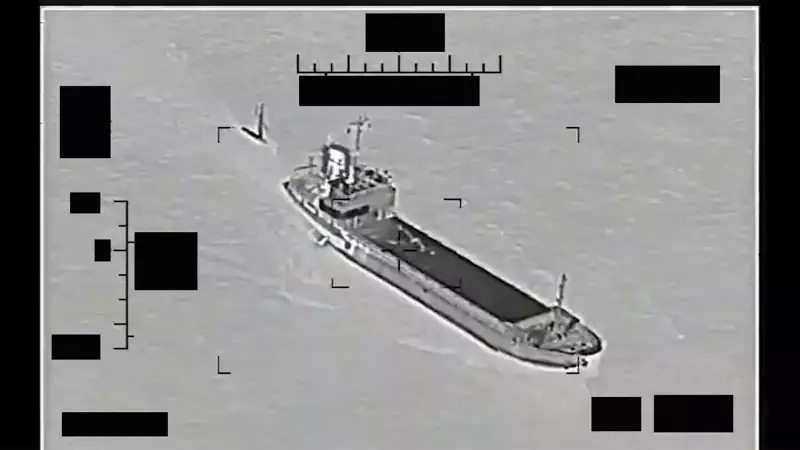
The Iranians are trying to steal a Saildrone drone. Source: breakingdefense.com
In the end, it is worth adding that, according to Vice Admiral Brad Cooper, by the summer of 2023, the fleet of drones in the Red Sea will be at least one hundred copies. The appearance of Saildrone and others like it in the waters of the Black, Baltic and other seas bordering Russia can be considered a matter of time. However, any interception attempts will trigger cries of "egregious, deliberate and unjustified" violations of international law.
Considering the upcoming expansion and improvement of the US marine drone fleet as a reason for panic, of course, is not worth it. But an effective antidote should have been developed yesterday.
Information